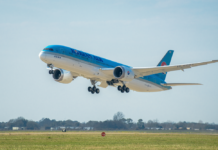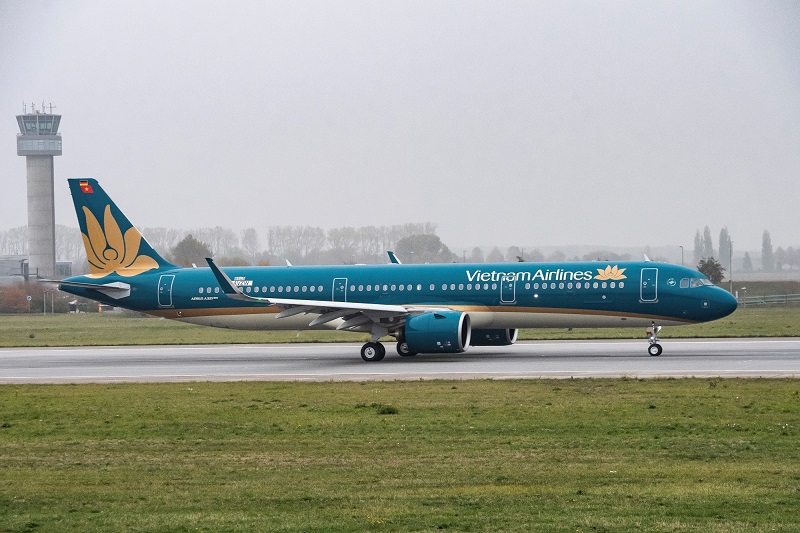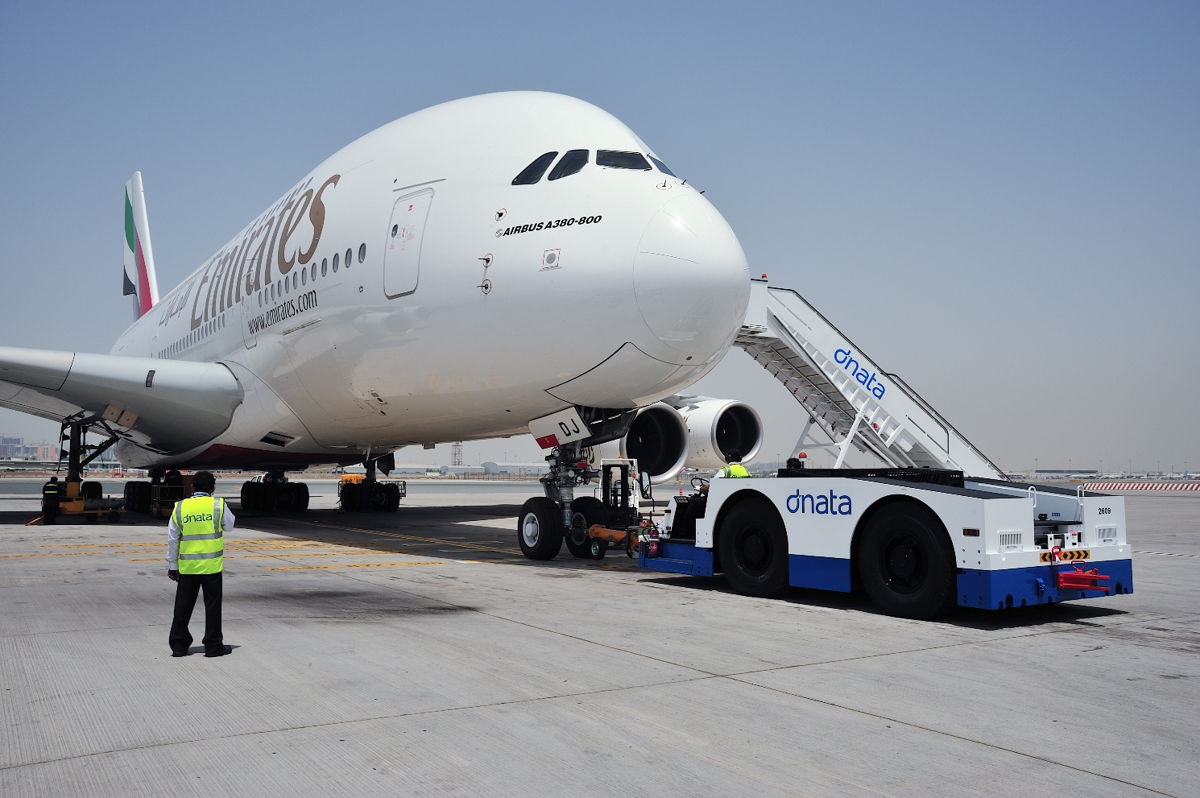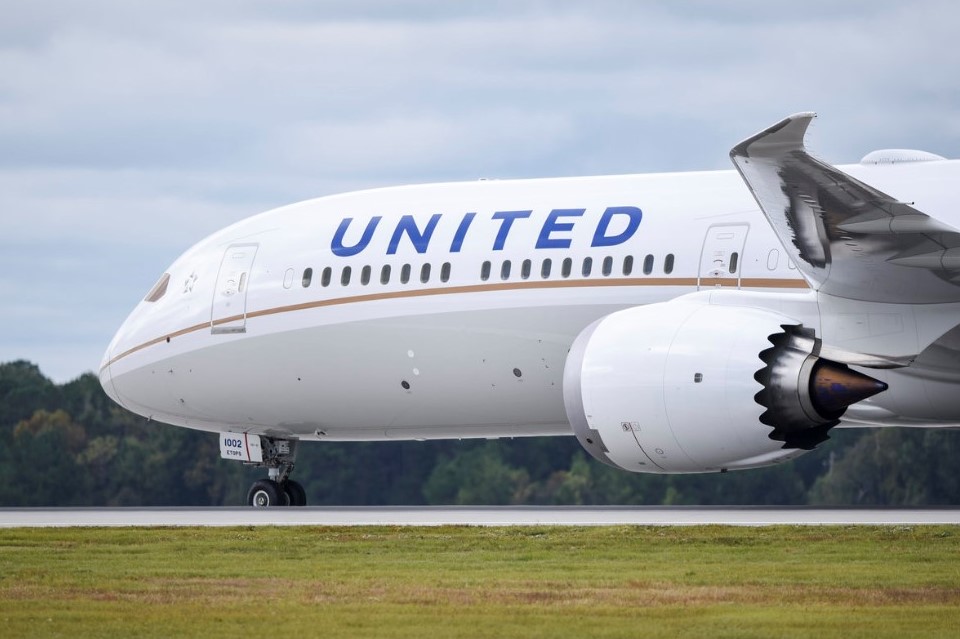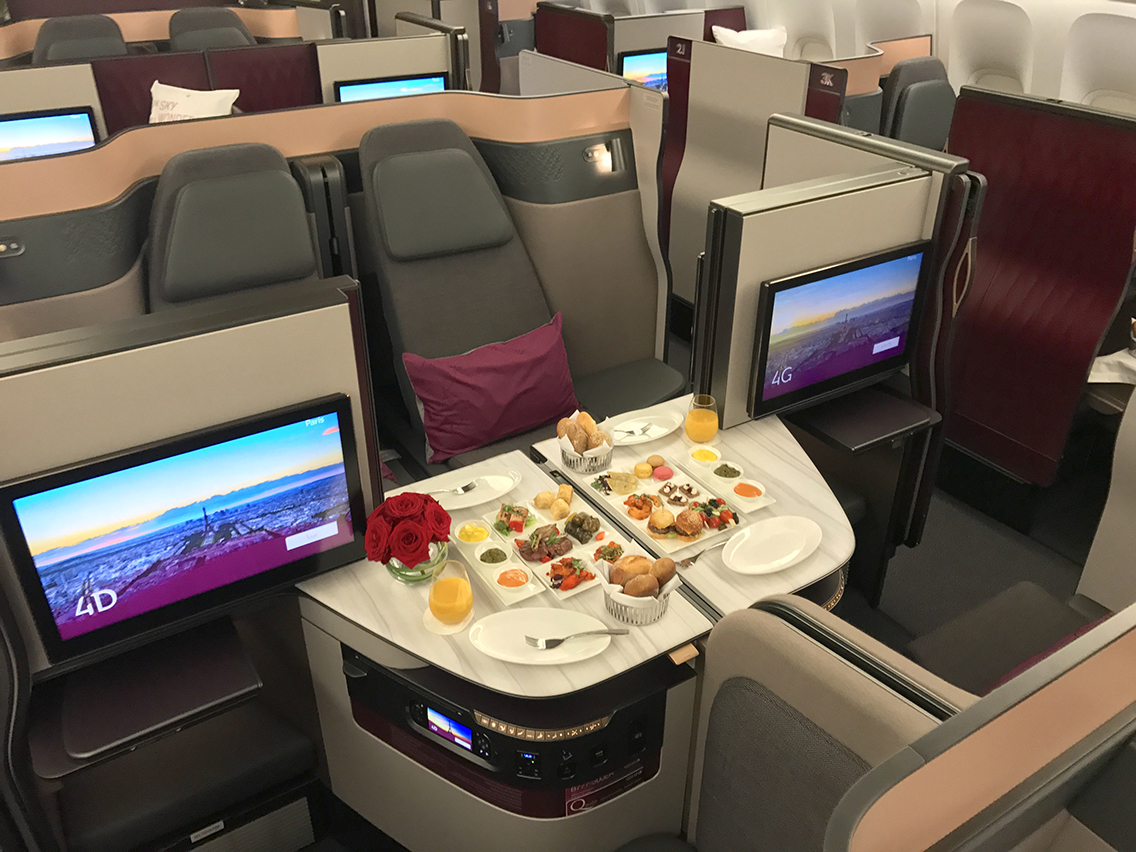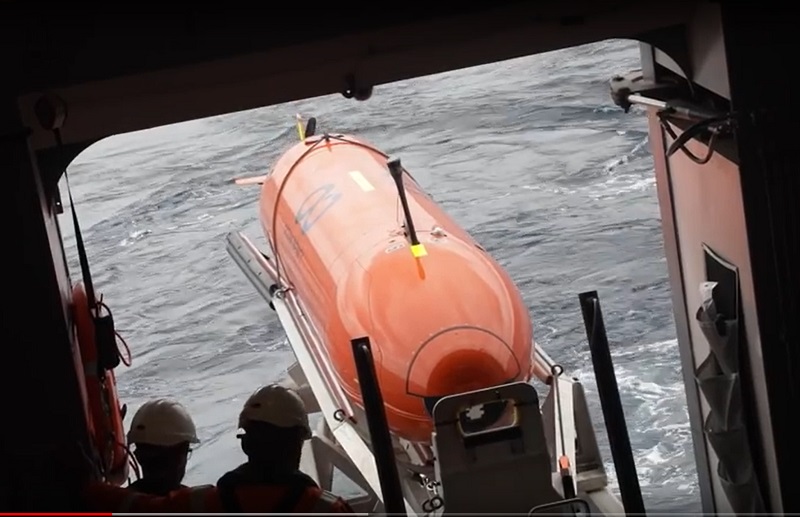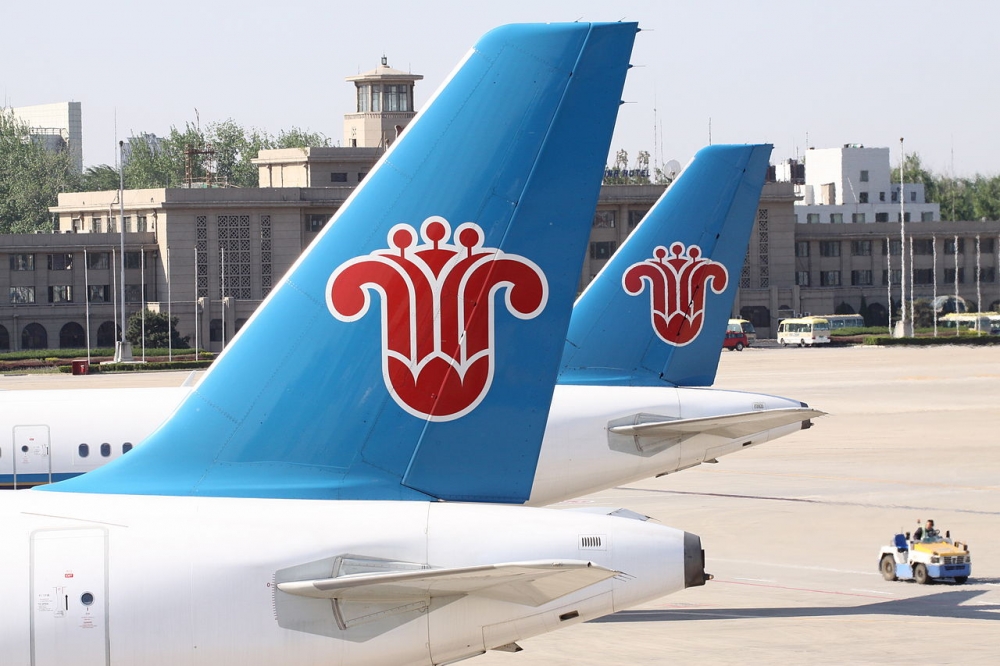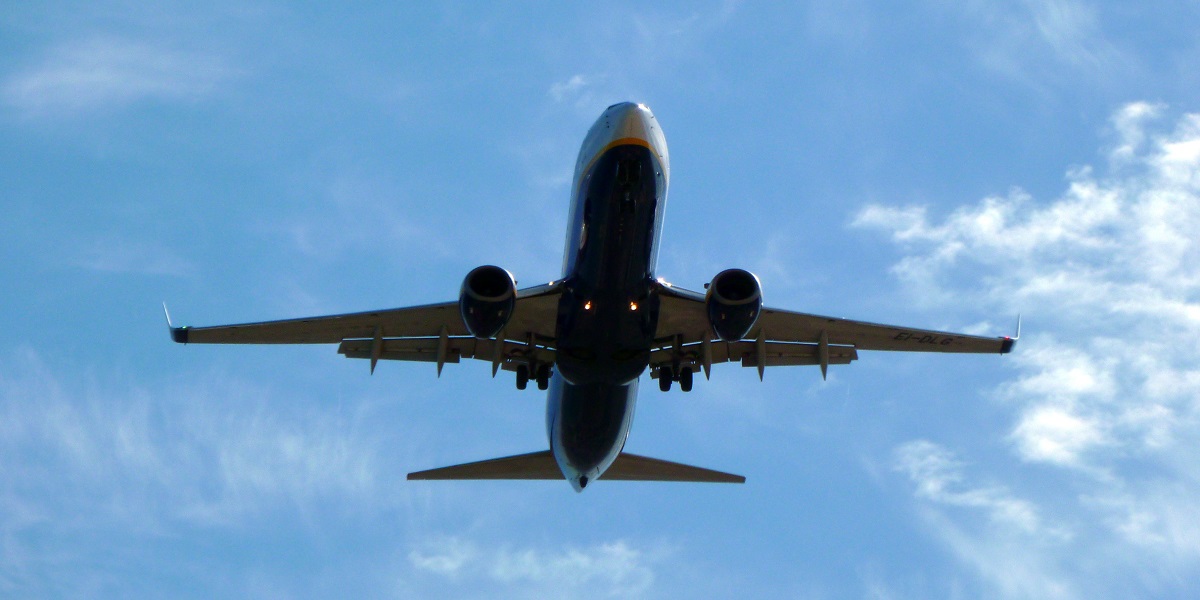Vietnam Airlines has taken delivery of its first Airbus A321neo in Hamburg, Germany, and will use it to launch wireless in-flight entertainment in its home market
The aircraft is the first of 20 A321neos and is part of a program the airline describes as a significant step in its narrow-body fleet renewal program.
Vietnam says it is the first Vietnamese airline o introduce wireless IFE and it intends to stream a variety of movies and music to passengers’ personal electronic devices.
It will launch the system on December 1 and says it will provide a choice previously available only on the airline’s widebody Boeing 787-9 and Airbus A350-900 aircraft.
Read: Vietnam Airlines achieves highest safety rating.
Vietnam’s president and chief executive, Duong Tri Thanh, believes the plane will bring a new level of efficiency and comfort to the airline’s single-aisle operations.
This was especially true of the wireless in-flight entertainment system, he said.
“Delivery of this aircraft is a momentous occasion that marks Vietnam Airlines’ ongoing efforts to upgrade our narrow-body fleet as well as our four-star service quality,’’ he said. “We are confident that the Airbus A321neo fleet will further offer passengers high levels of comforts on growing domestic routes of Vietnam and Asia.”
The Vietnamese carrier already operates almost 60 classic A321’s Airbus chief commercial officer Christian Scherer said the new aircraft would fit painlessly into the existing fleet while adding a competitive edge with a 15 percent reduction in fuel burn.
As well as the 58 A321ceos, other Airbus aircraft in the fleet include three A330s and 12 widebody A350-900s.
The airline is the national flag carrier and operates 94 routes to 21 to 21 domestic and 29 international destinations with an average of 400 flights per day.
It is a member of the SkyTeam alliance and connects the world’s major cities to travel destinations in Vietnam, Laos, Cambodia and Myanmar.
Vietnam is one the fastest growing domestic markets with a double-digit annual growth rate over the past two decades.



